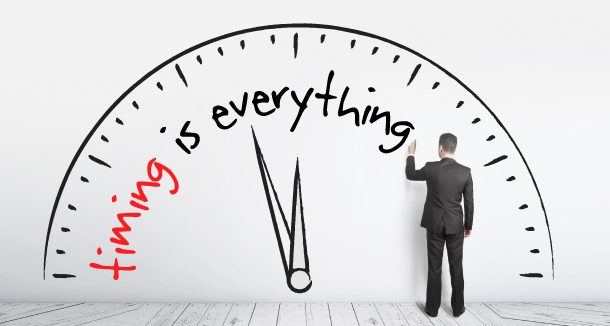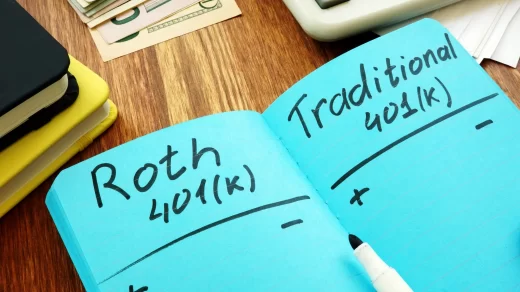Fundamentally, tax loss harvesting is a tax strategy, not an investment strategy. It is a way of realizing capital losses that you don’t necessarily have any reason to realize, other than to save on taxes.
Because of this, many people think of it as a year-end tax planning exercise. Late in the year, after many other income tax-related events have occurred (bonuses, property tax payments, dividend income, etc.), people view this as the time to consider tax loss harvesting. They look back at any investment sales they have made over the year that have resulted in capital gains and see if they hold any losing positions that can be sold to offset those gains. That is the essence of tax loss harvesting.
You Don’t Have To Wait Until The End Of The Year For Tax Loss Harvesting
But if you wait until the end of the year, you may miss out on other opportunities to lower your income taxes with tax loss harvesting. Instead of waiting until the end of the year, I monitor my investments throughout the year and take advantage of material declines as they happen. I’ll give you my personal example from 2020.
2020 Offers A Great Example
In March 2020, as the uncertainty introduced by COVID-19 took grip across the country, the stock market tanked. The S&P 500 Index closed at 3130.12 on March 4, 2020. On March 23, 2020, it closed at 2,237.40. Over the course of just 14 trading days, that’s a decline of 28.5%.
The value of my taxable investment accounts dropped by 25% from March 4 to March 23. One specific investment dropped by over 30%. By absolute luck–not some ingenious market timing scheme or from prescient knowledge–I sold some of my losing investments on March 23, the absolute bottom of the COVID-19 market decline. When I sold, my only goal was to realize the losses so I could use them to help with my taxes and (hopefully, since I didn’t know what the future held) offset future gains.
Because of this, I had losses of over $4,000 that I reported on my 2020 federal income tax return. Due to statutory limits, I was only able to deduct $3,000 in losses on my tax return. With a marginal tax rate of 24%, that saved me $720 in taxes in 2020.
Sell And Buy At The Same Time
Here’s the key thing. When I sold those losing investments, I immediately purchased other investments. So I didn’t “lose” money on the sales (other than the obvious fact that I sold those particular investments at a value lower than I had purchased them). Those new investments immediately started gaining in value. I didn’t really lose investment dollars, but I saved tax dollars. Because of decisions and actions on one day in March 2020–not in December 2020–I saved on my 2020 federal income taxes.
Importantly, the purchases I made were in the same asset classes as my sales, so my asset allocation did not change.
Thanks to paying attention in March, I was able to harvest tax losses and maintain my asset allocation. I saved on taxes, my portfolio did not change materially, and I am in a better financial position today than I would have been if I did not act in March 2020.




